Porceleyne Fles Delft Cloisonné Tiles

AJ.Choufoer
Specialist in purchasing and sales of
Porceleyne Fles Delft
Cloisonné Tiles
My name is Ton Choufoer.
Thanks to a large network, a hobby that got out of hand and acquired expertise, I have a beautiful collection
Cloisonné Tiles from the Porceleyne Fles Delft.
As a result, I always have a nice range of common, rare and very rare Porceleyne Fles Delft Cloisonné Tiles
for sale or for exchange. Prices are on request.
I can mediate for you in the purchase and sale of Cloisonné tiles and generally give good prices for your
Porceleyne Fles Delft Cloisonné tiles.
Make an appointment without obligation for a valuation or mediation meeting.
May I introduce myself.

Cloisonné tiles from
the Porcelyne Fles Delft
Cloisonné (earthenware)
From Wikipedia, the free encyclopedia
Cloisonné is a glazing technique in which surfaces of a motif are applied to metal or ceramic (earthenware, stoneware and porcelain). The name comes from the French word cloison meaning "partition" or "partition". While metal wires or strips are used for the dividing walls, in ceramics the boundaries between the different color areas are designed as clay ridges.
Cloisonné technique in ceramics
The clay ridges can be applied to a workpiece in different ways. With three-dimensional objects, the clay ridges are usually sprayed onto the unfired workpiece with a balloon syringe. For two-dimensional objects such as tiles, a plaster mold or a linoleum cut can be made from the motif, which is then pressed into the wet clay. After drying and the first baking, the synthetic cookie baking, the surfaces are colored with glaze. Then the workpiece is fired again at a higher temperature, it contains glaze firing. The ridges prevent the different colors of glaze from blending into each other.
Cloisonne tiles
The cloisonné technique is mainly used in the production of tiles, because here the repetition is simple. In the Netherlands, the best known are the cloisonné tiles from the De Porceleyne Fles pottery factory and the Westraven tile factory, which were produced indirectly from 1907 to 1977 in Delft and from 1923 to 1965 in Utrecht.
Cloisonné tiles are also called line relief tiles. featured tiles were made much earlier in Spain, where they were called azulejos de cuenca y arista (tiles with basin and border) or simply azulejos de arista. The first production centers in Spain in the fifteenth and sixteenth centuries were in the cities of Seville, Toledo and Muel.
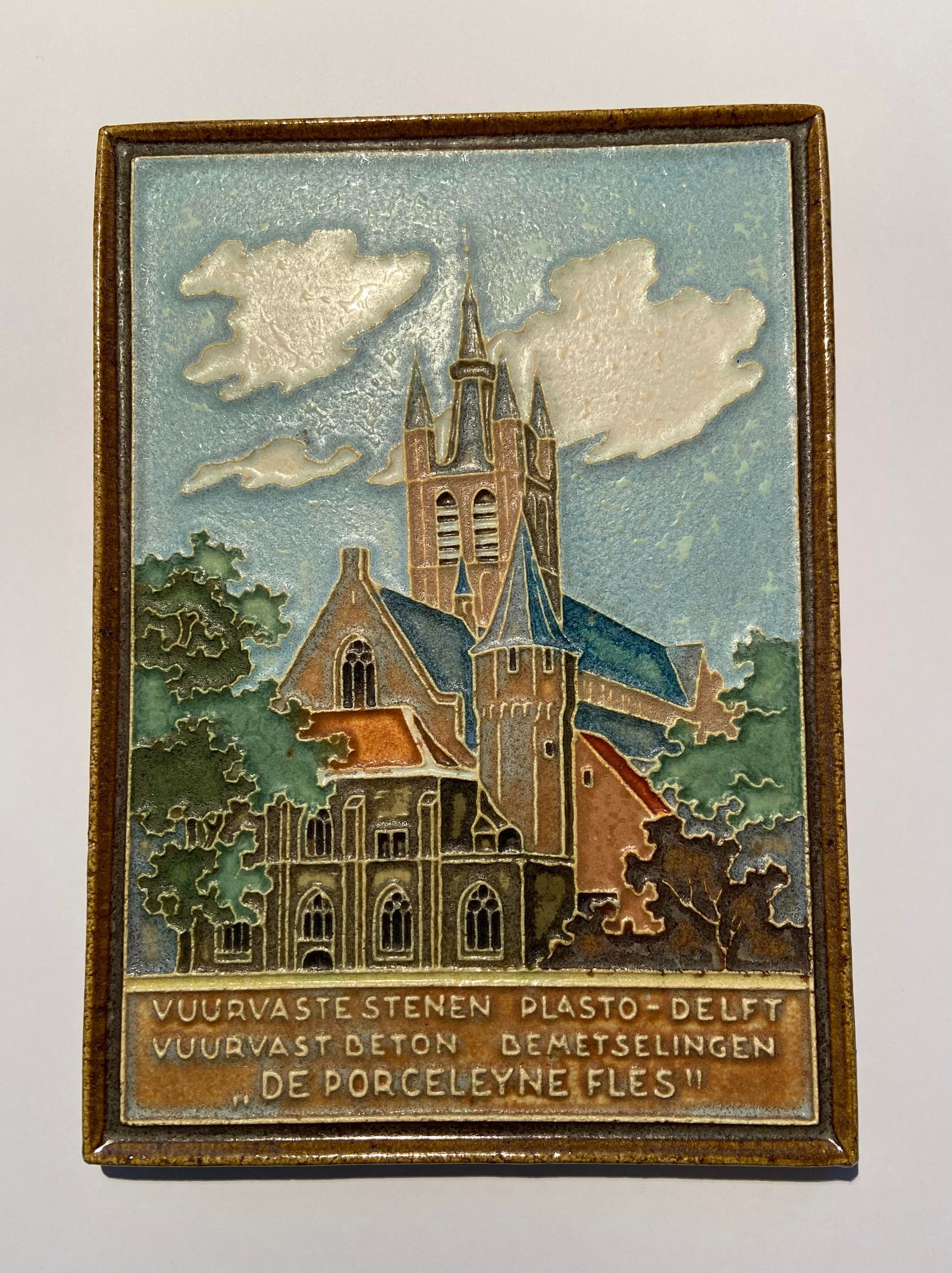
Categories Cloisonné Tiles

Title dia
Student life
Knob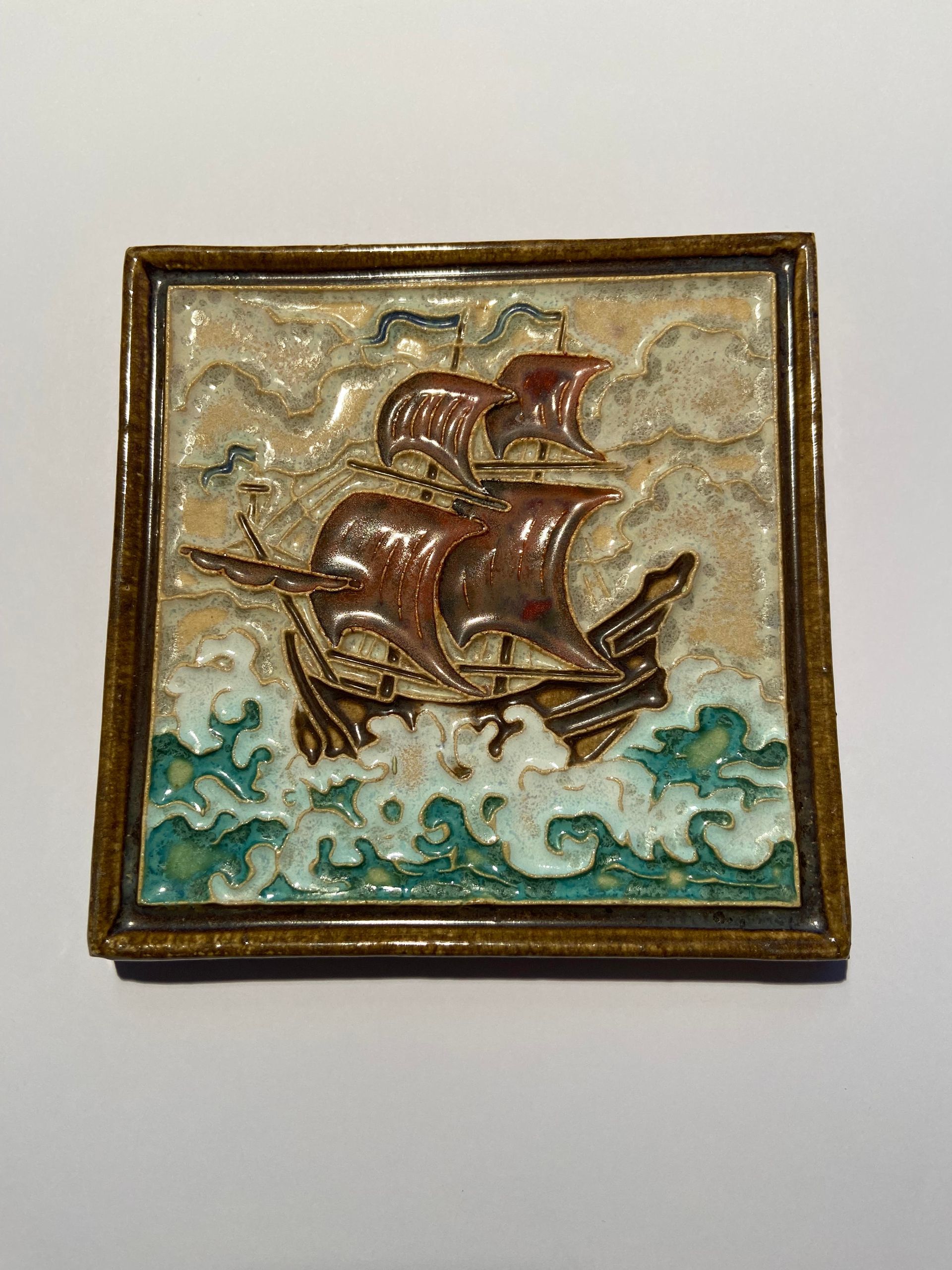
Title dia
Ships large and small
Knob
Title dia
Royal house
Knob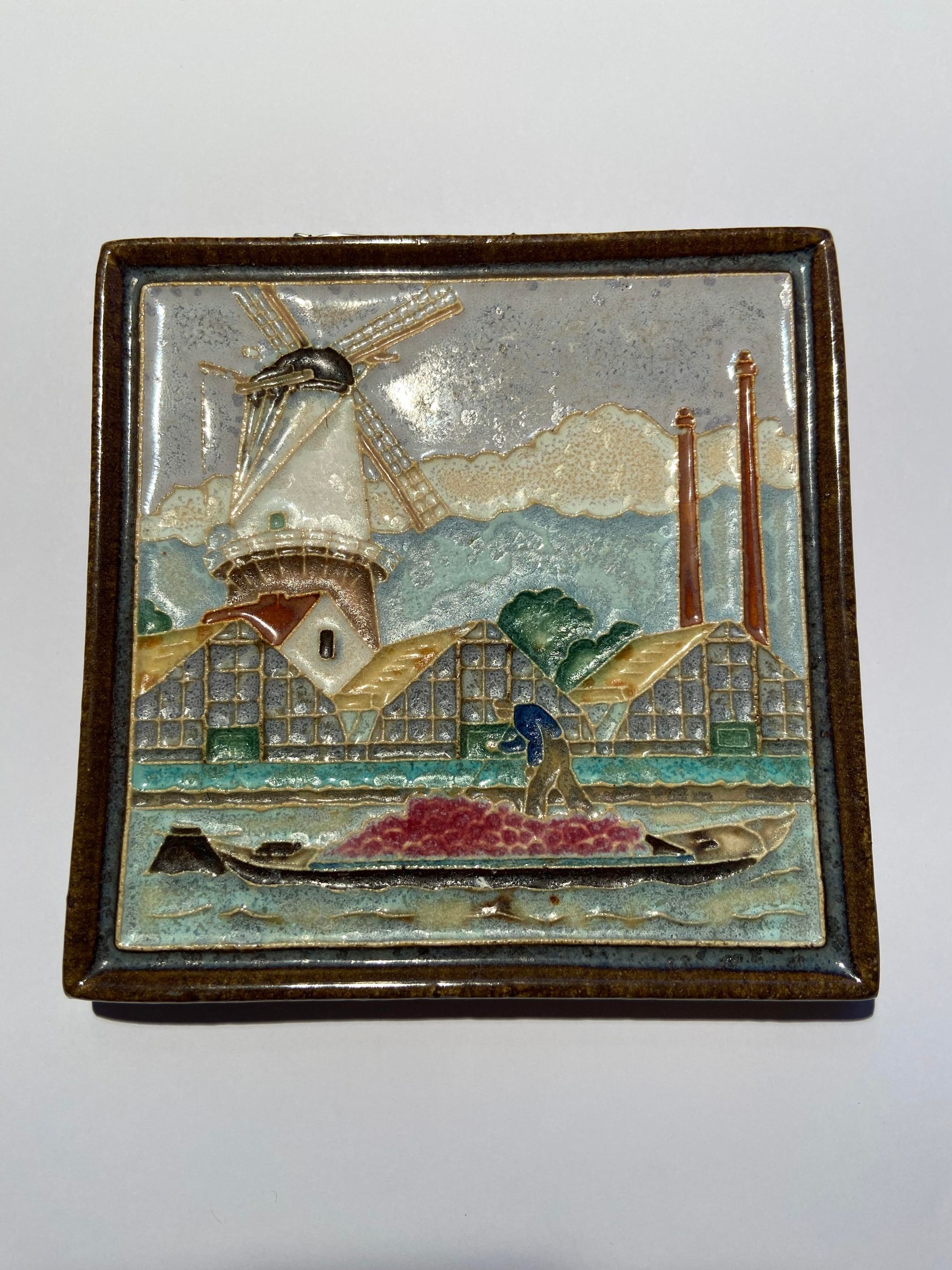
Title dia
Provincial images
Knob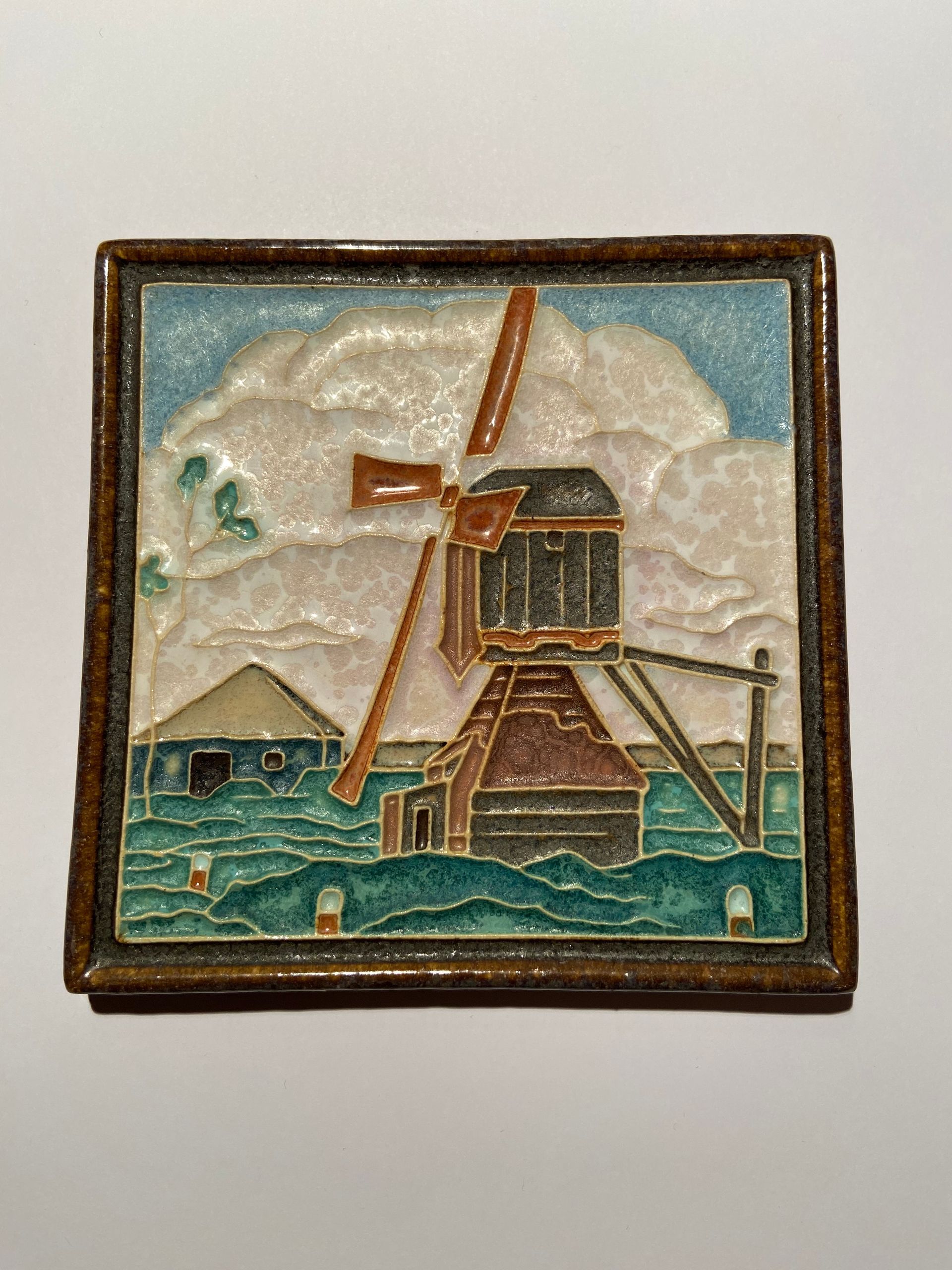
Title dia
Windmills
Knob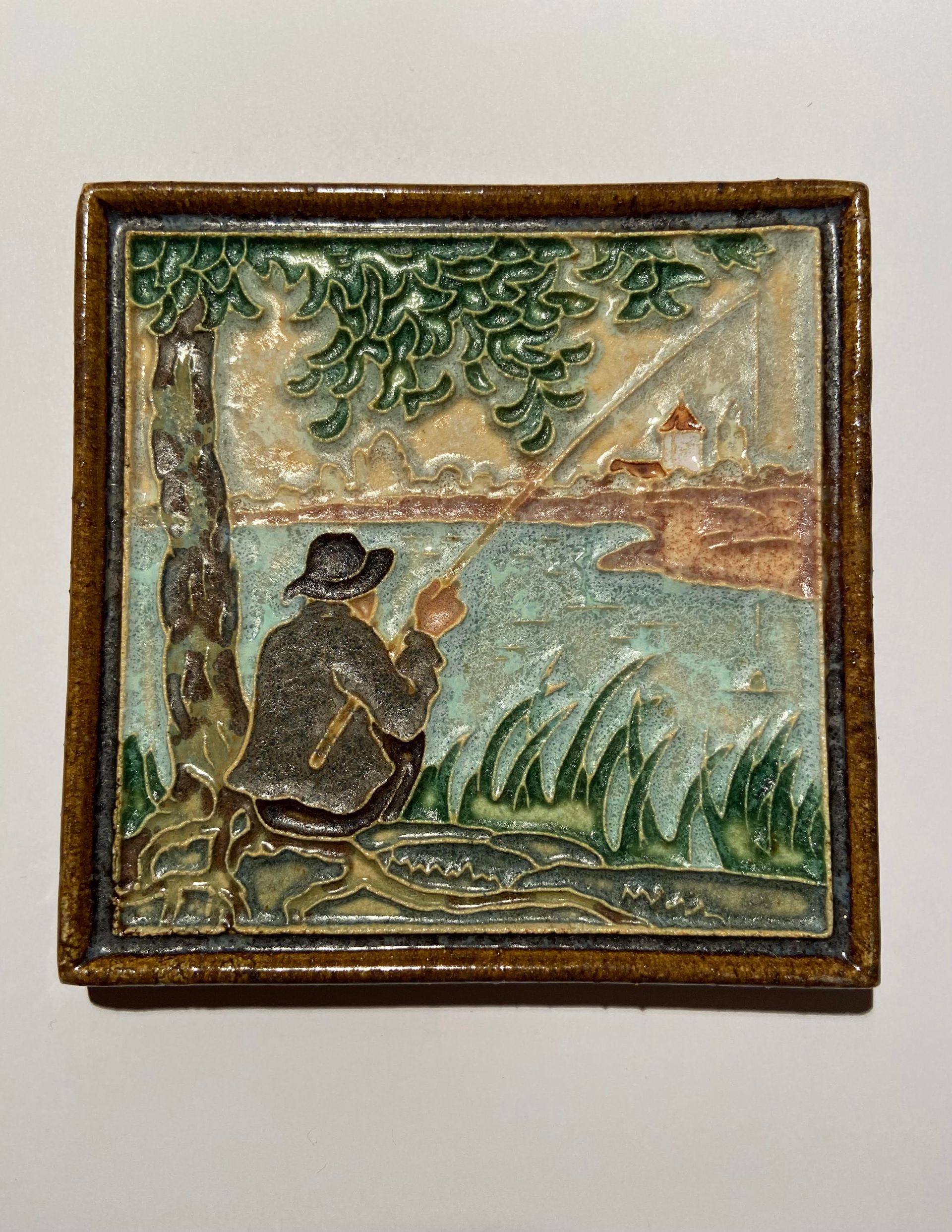
Title dia
To play sports
Knob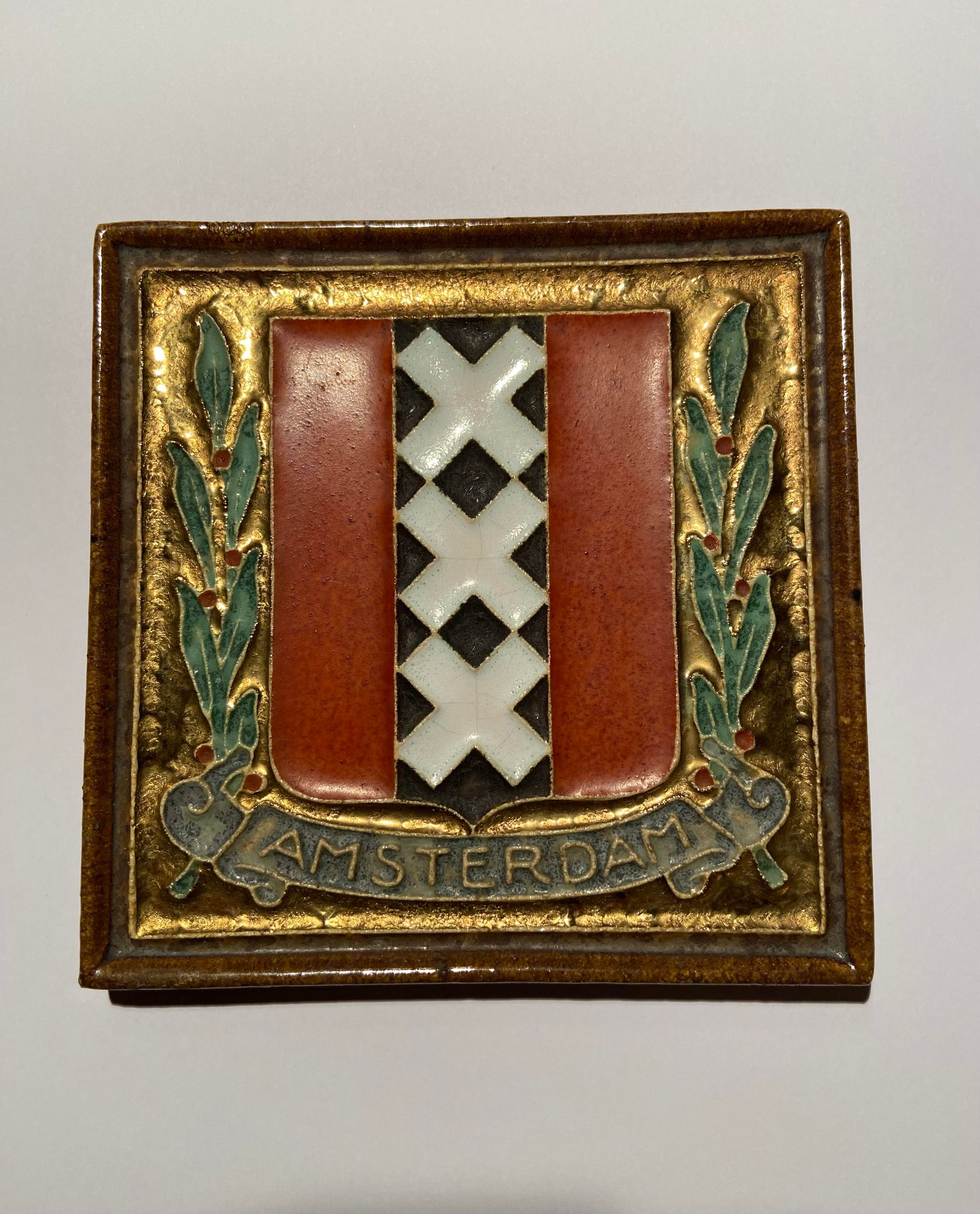
Title dia
City coats of arms
Knob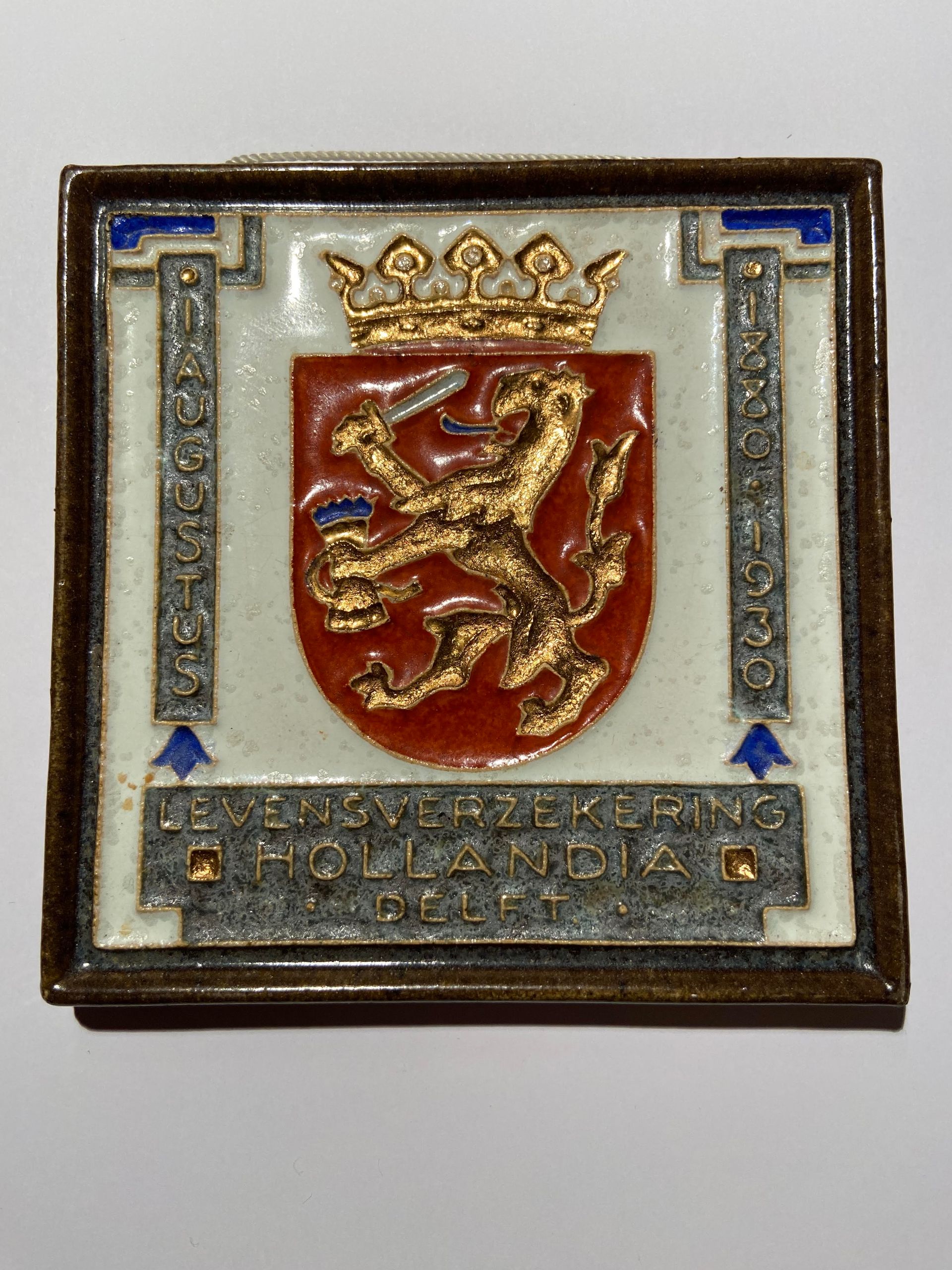
Title dia
Insurances
Knob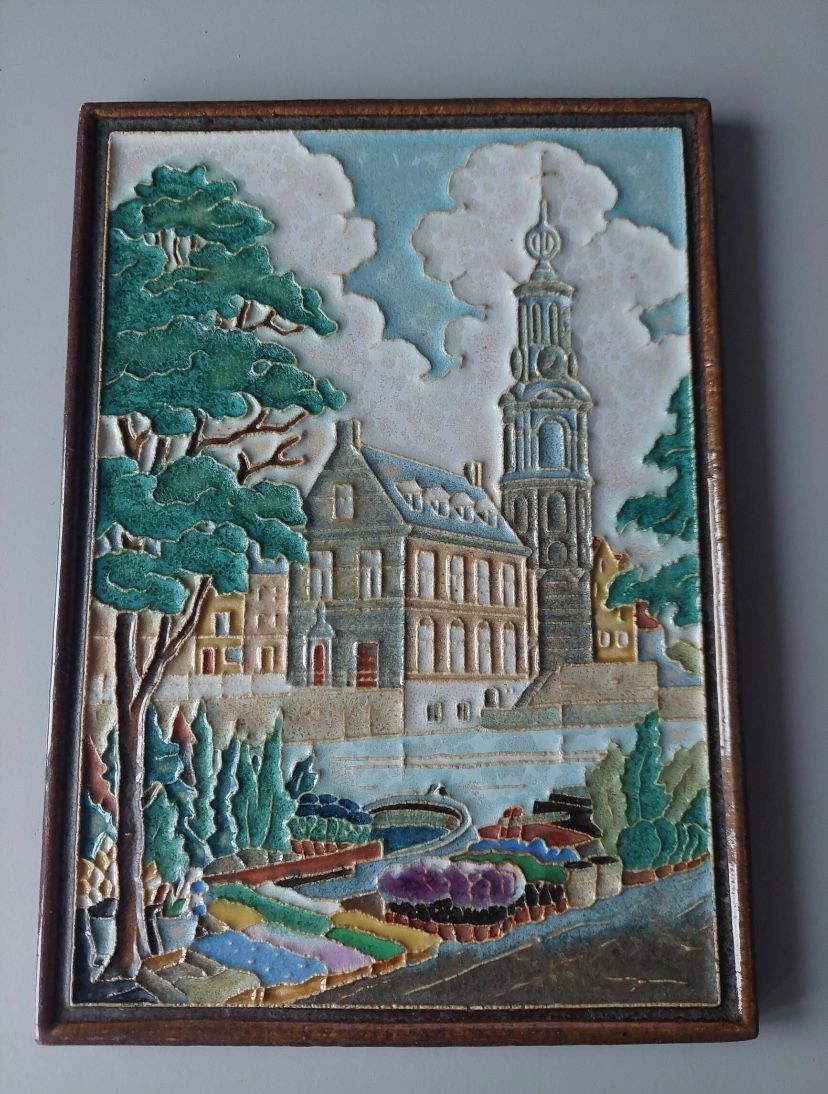
Towers and Facades
Knob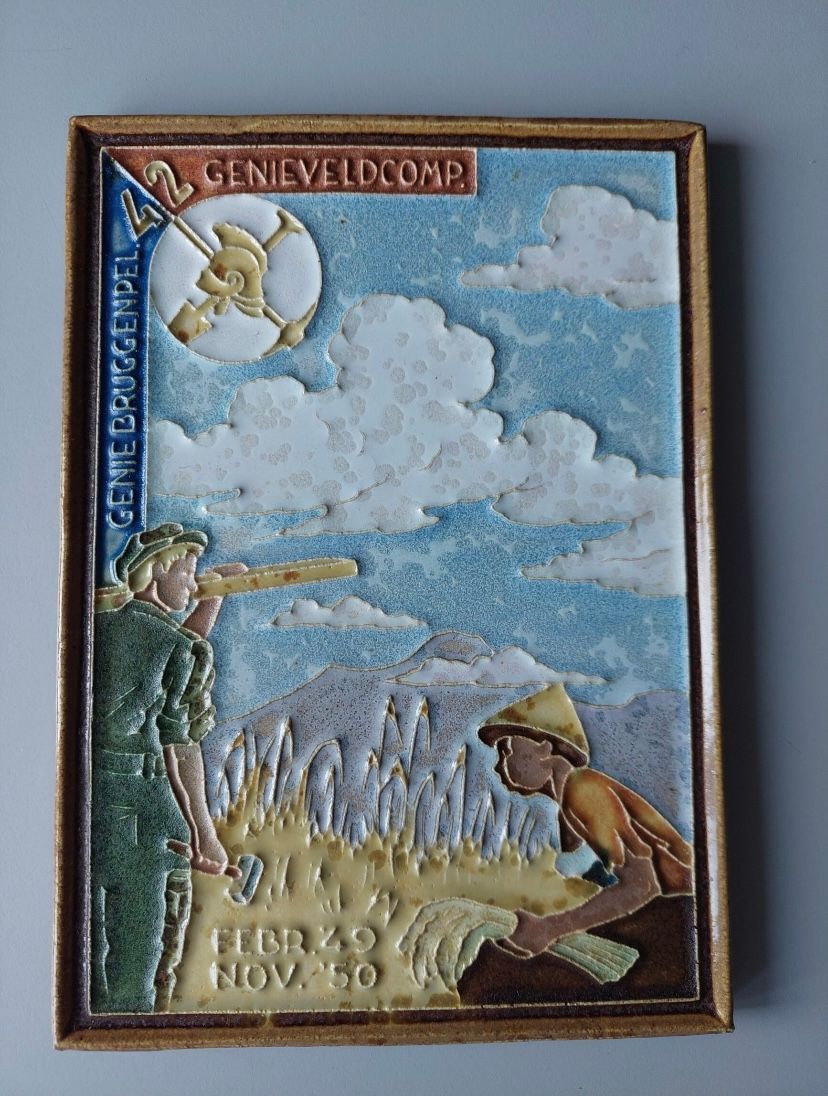
War & Peace
Knob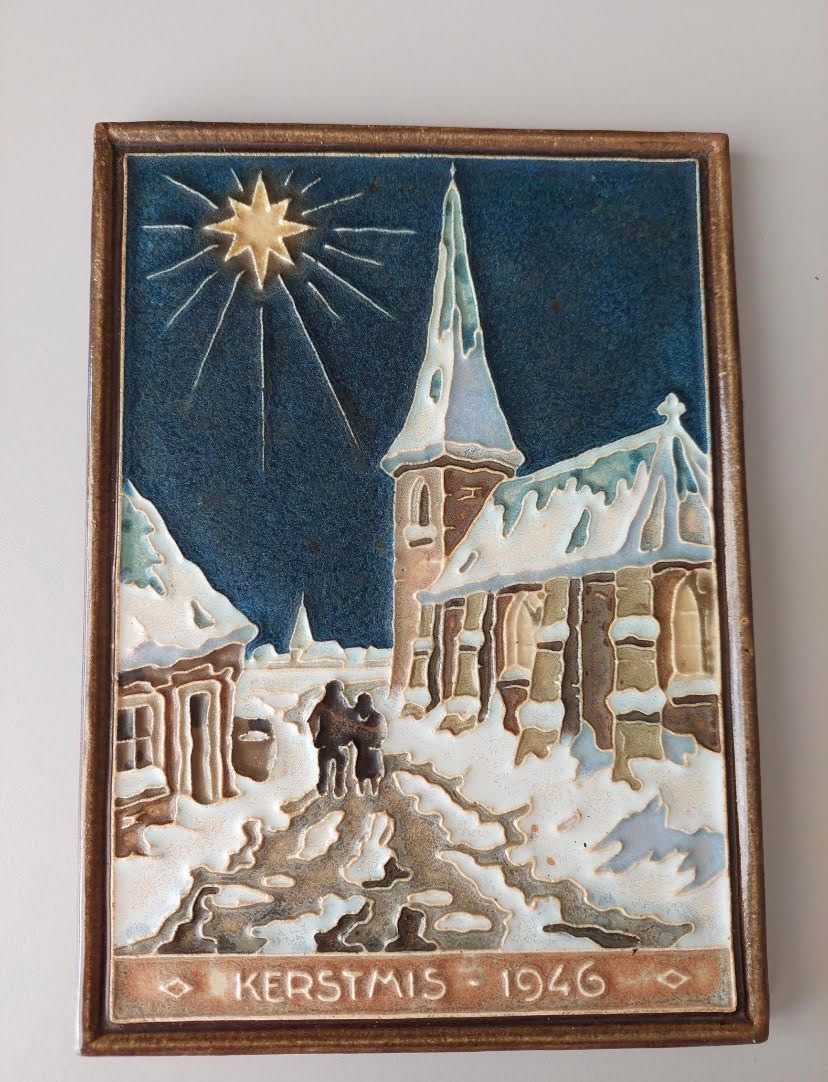
Title dia
Kristmas
Knob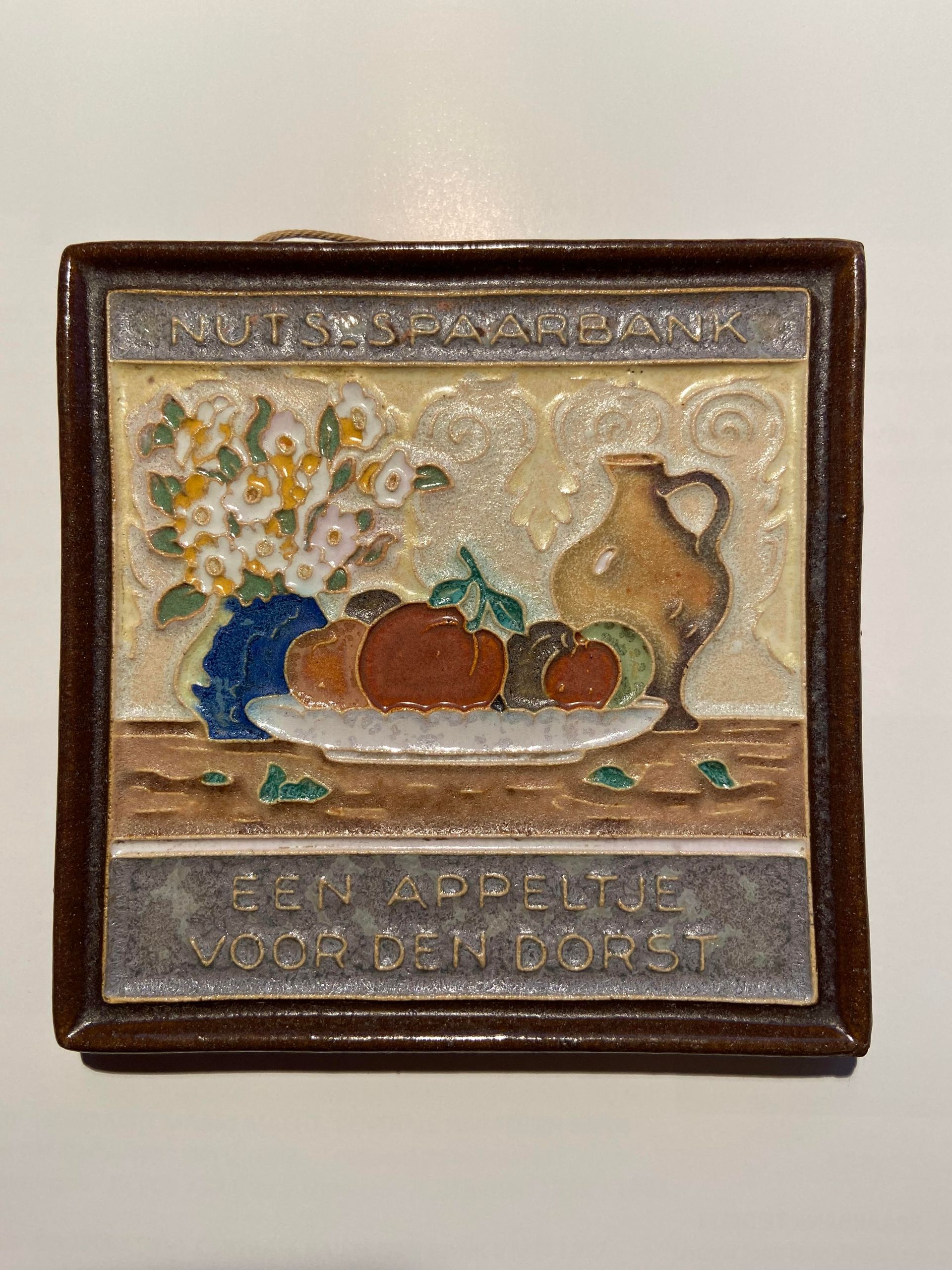
Title dia
Banks
Knob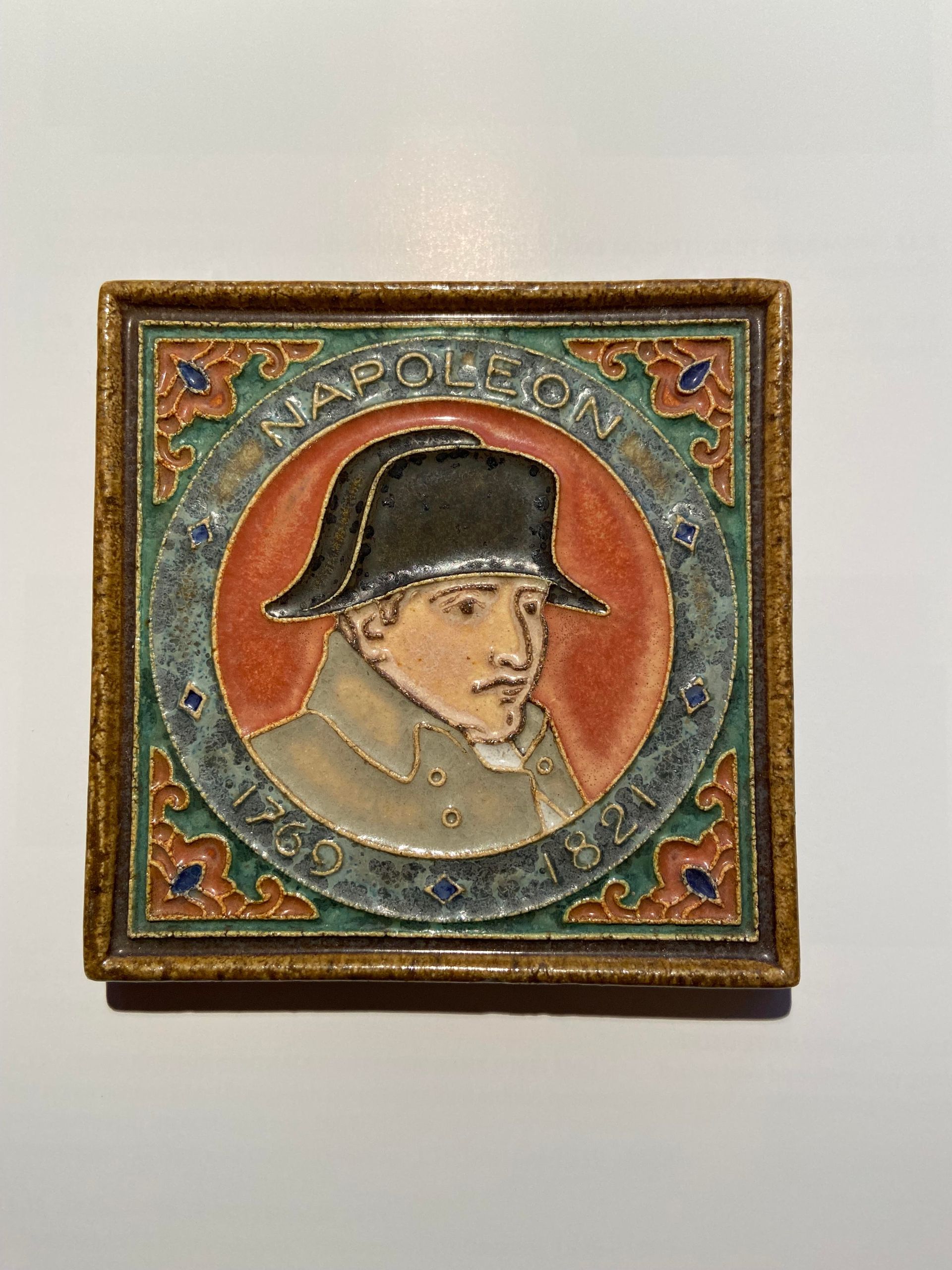
Title dia
Celebrities
Knob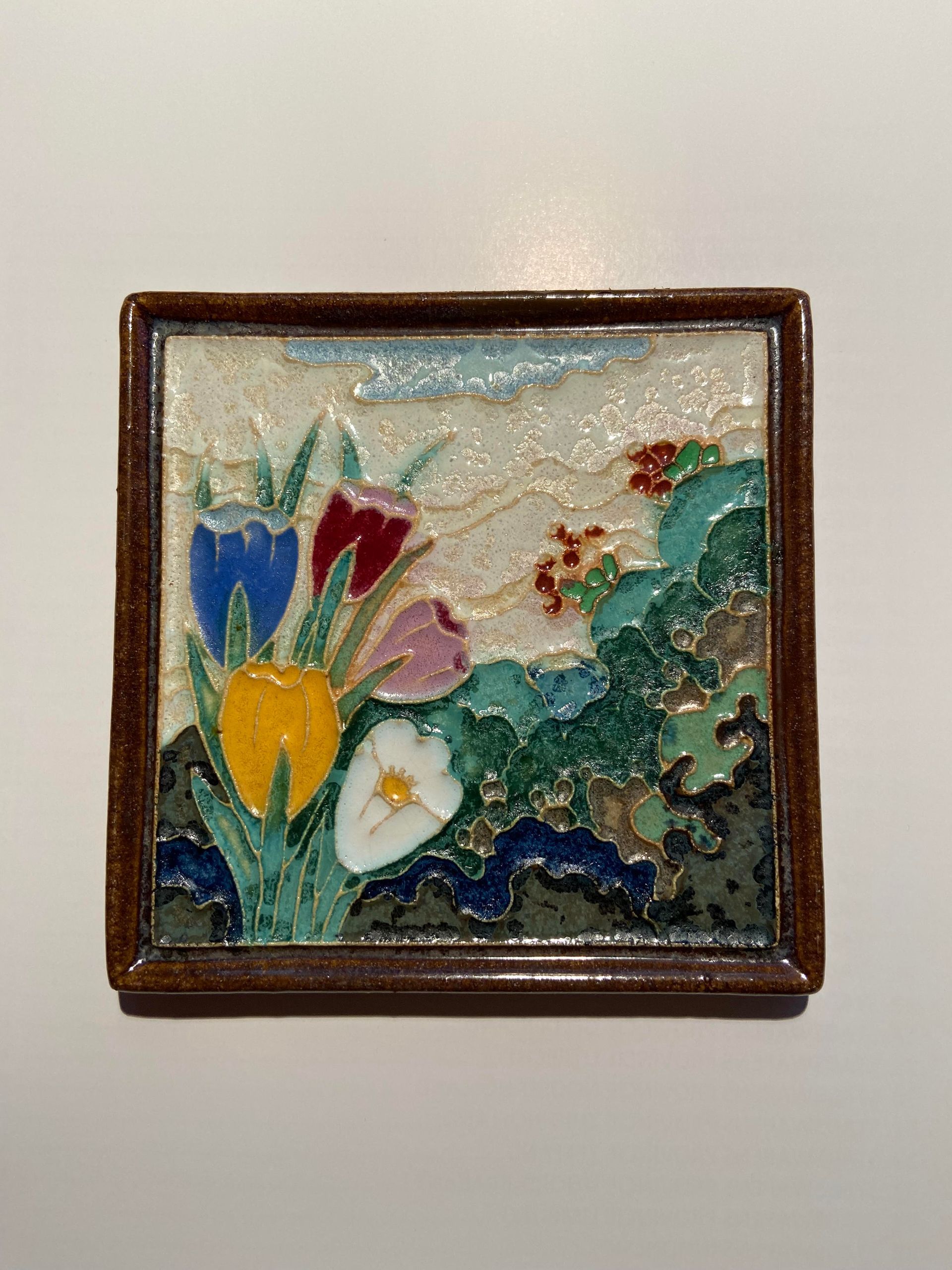
Title dia
Flowers
Knob
Title dia
Farms
Knob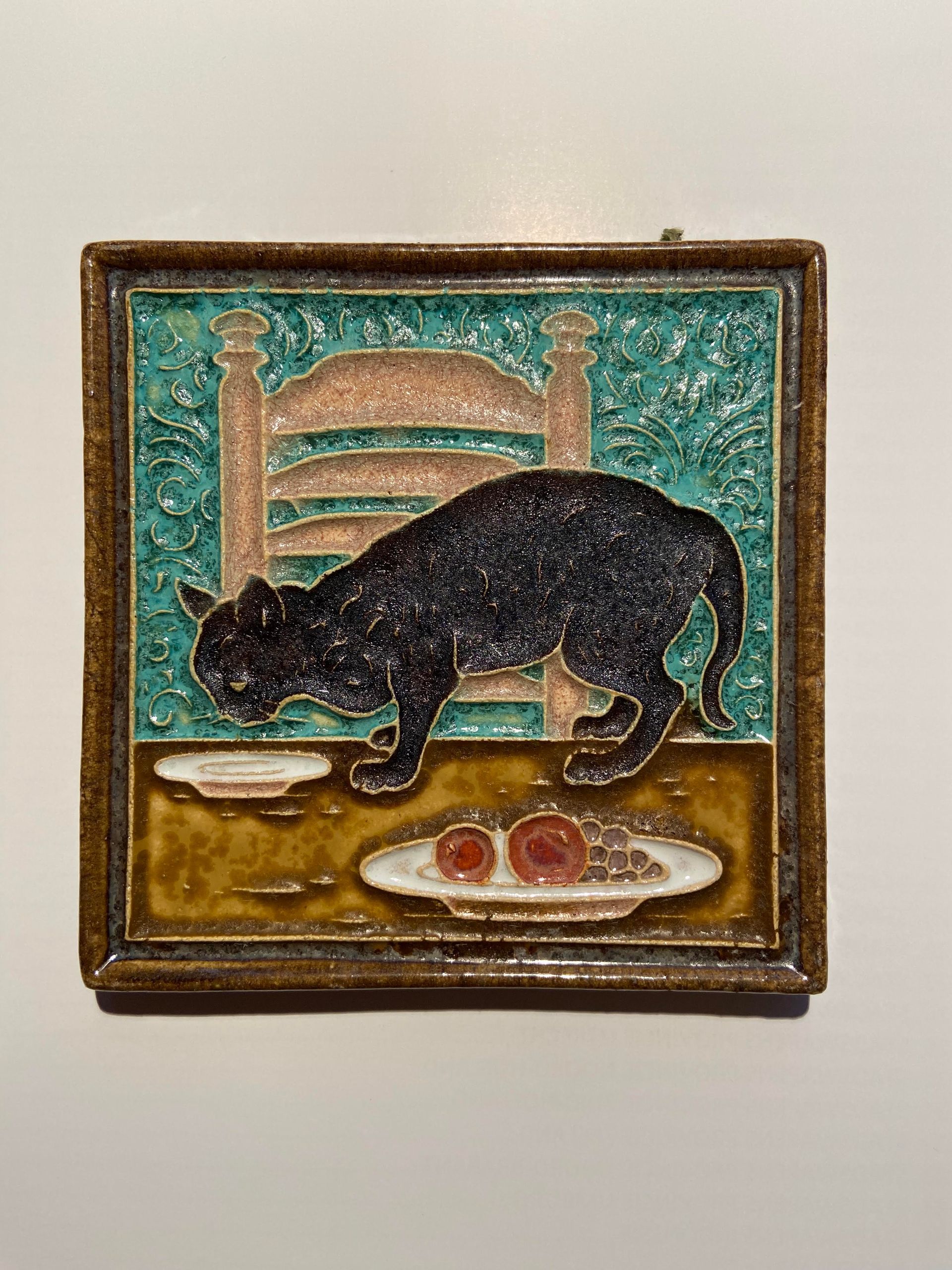
Title dia
Animals small
Knob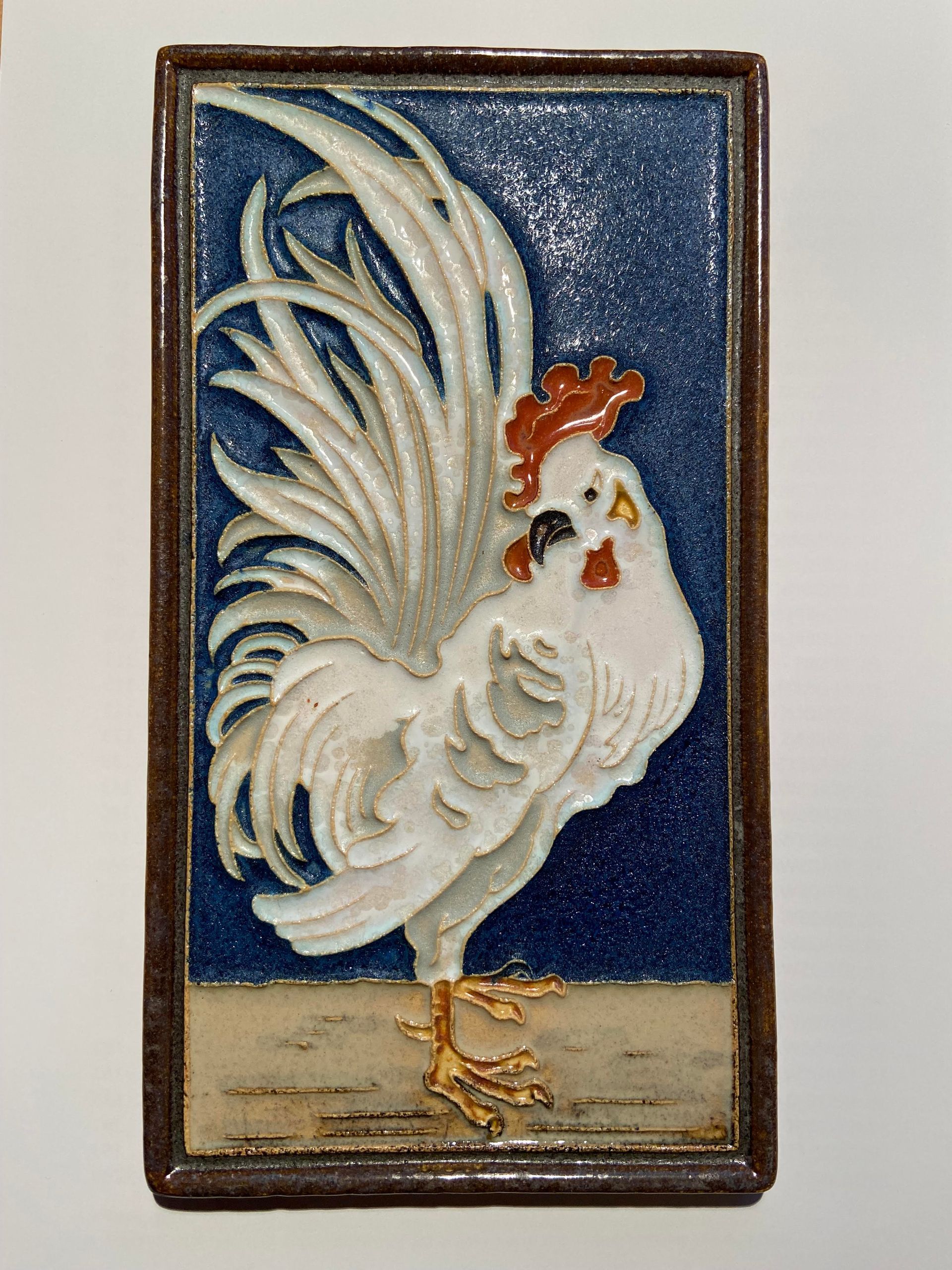
Title dia
Animals big
Knob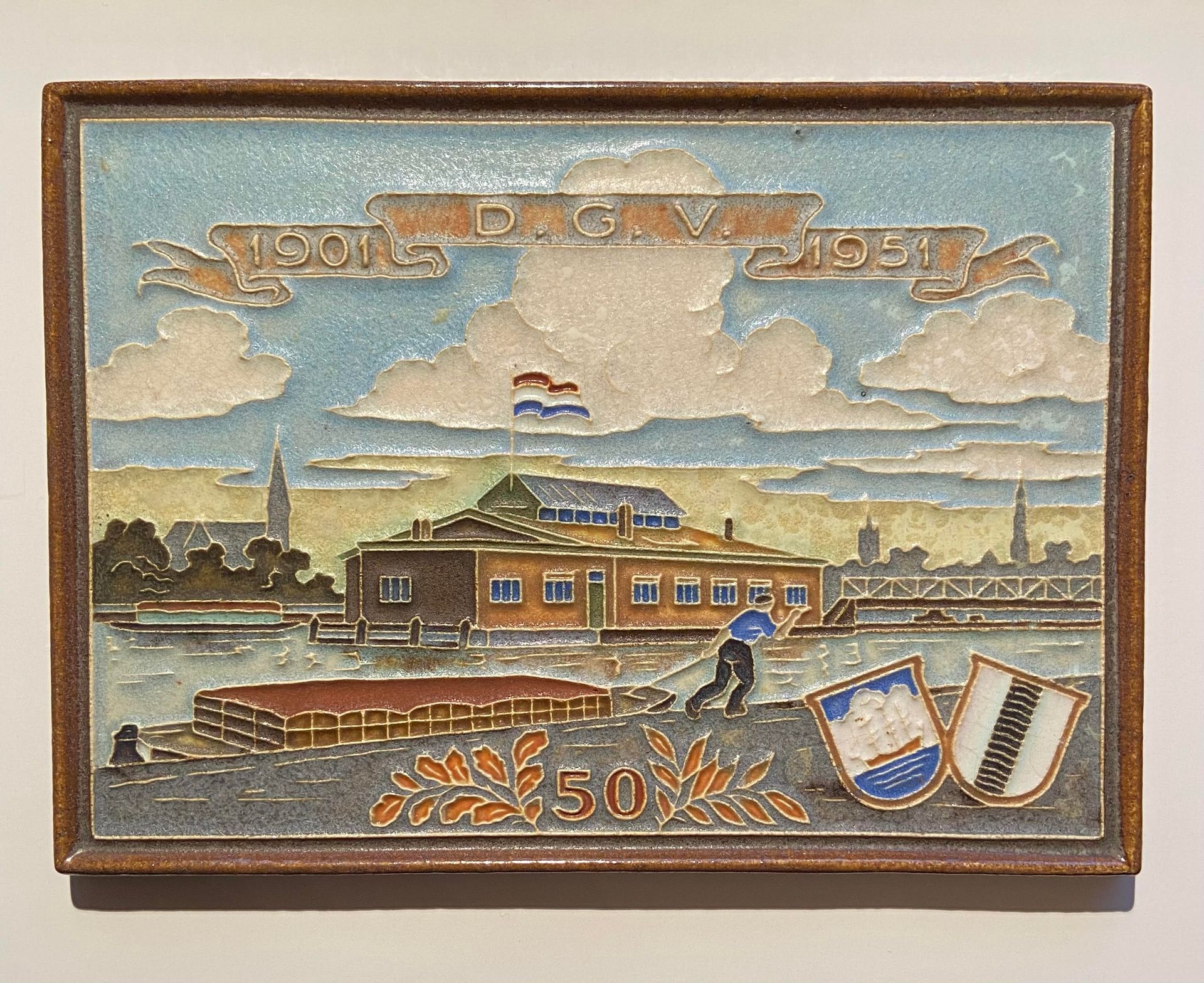
Title dia
Anniversaries, Memories and advertising
Knob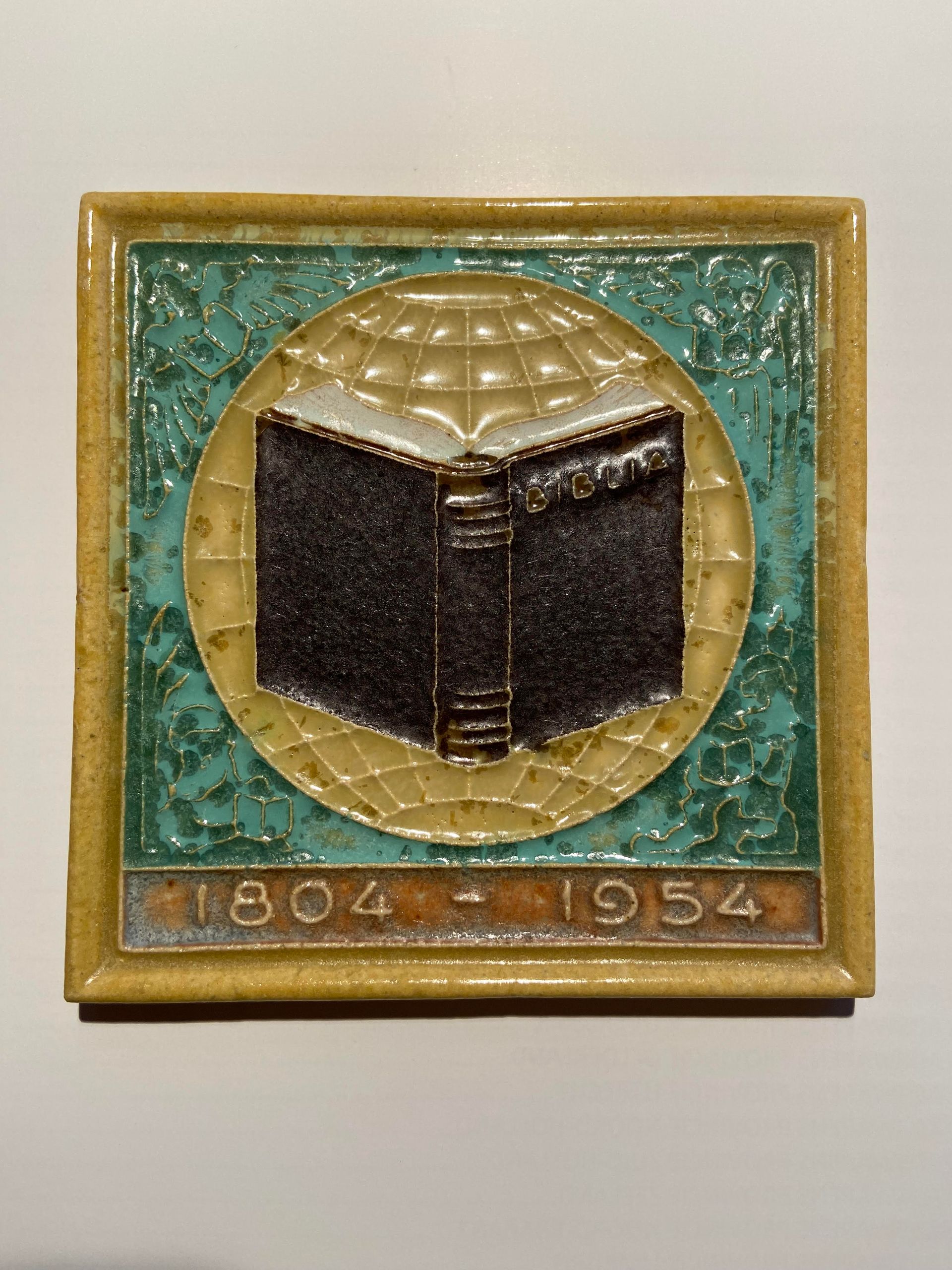
Title dia
Spiritual directions
Knob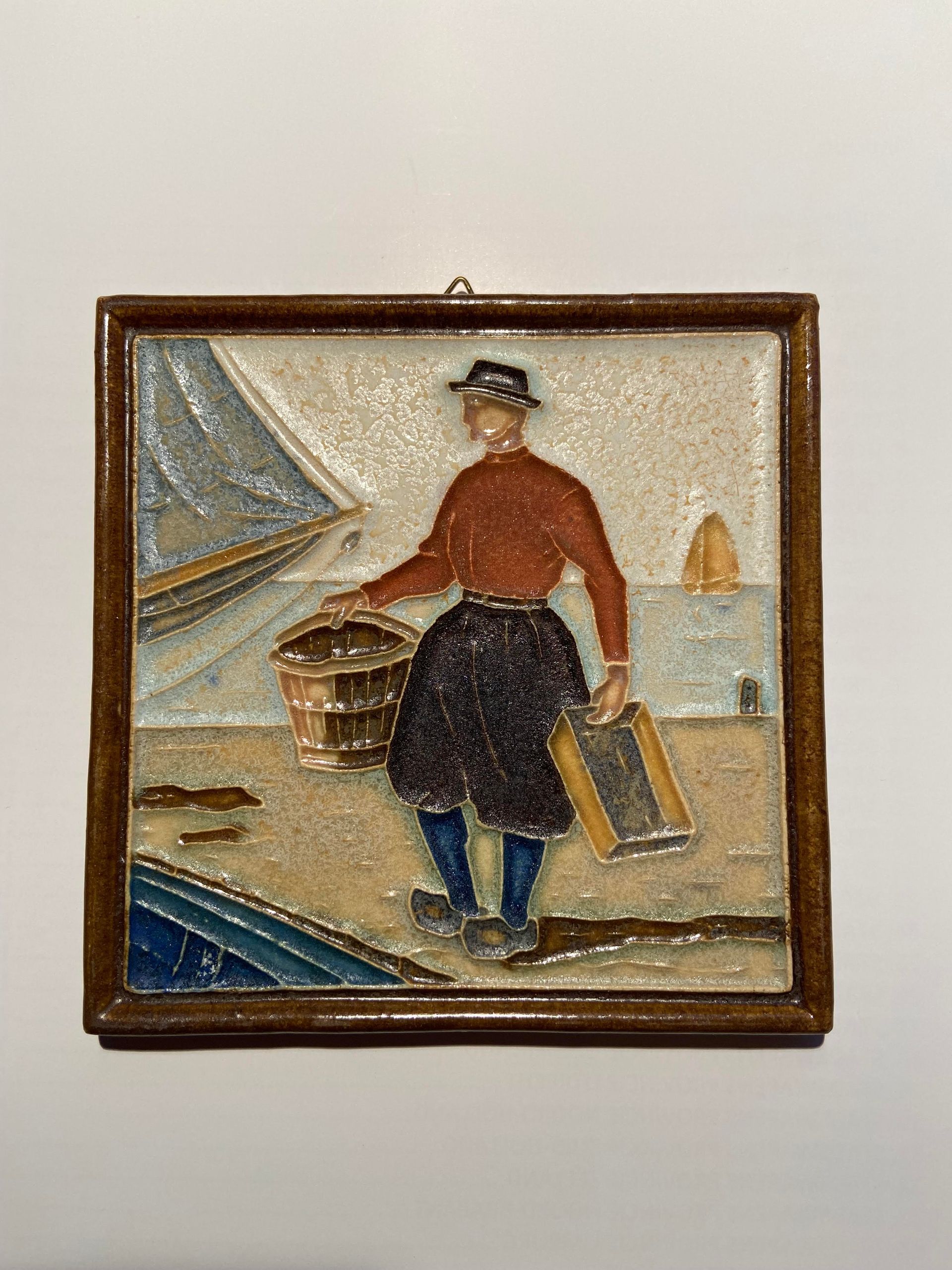
Title dia
Traditional costumes
Knob
Frequently Asked Questions
What are your business hours?
I can be reached on my mobile number at:
8:00 AM to 9:00 PM.
What is your return policy?
Purchased tiles can be returned after consultation.
Can I get a full refund?
If the tile is returned in the same condition as purchased, a refund is possible
What type of payment methods do you accept?
U kunt contant of
per bankoverschrijving betalen.
If you have any questions, please contact me

